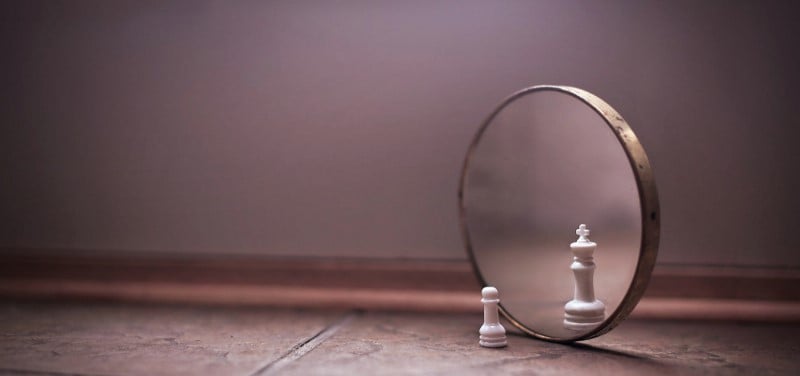For the next four Mondays I will be writing a brief post in conjunction with Lilith Dorsey over at the Pagan Channel (Patheos). A request was sent out by the editor of that channel seeking a dialogue between writers of the Pagan and Christian channels and while there may be others, Lilith and I will each be posting on Mondays and then mid-week responding to one another’s posts. We have been asked to look at the roles of our ancestors.
Here is the schedule of topics we will be exploring in our Monday “Ancestor’ blogs:
Oct 6 Artistic
Oct 13 Memory and Remembrance
Oct 20 Spirit World
Oct 27 Future Ancestors
I will seek to be broadly ecumenical in my approach with this caveat: I am not a scholar of the arts and have a very limited understanding of what I am writing about. There will always be much more than I could say. If I was at home I would consult the half-dozen volumes I have on Christian Art, especially art in the early church. Alas! So I am working from memory but will try to give an honest and adequate rendering of how we Christians in general understand our ancestors in artistic form.
To begin with it should be noted that art and Christianity have not always been happy bedfellows. There was a huge controversy in late antiquity over the role of icons in Christendom. In 787 C.E. an ecumenical council was convened to deal with the problem of iconoclasm, the destruction of artistic images of Jesus and the saints. Eventually the council decreed that,
“with full precision and care that, like the figure of the honored and life-giving cross, the revered and holy images, whether painted or made of mosaic or of other suitable material, are to be exposed in the holy churches of God, on sacred instruments and vestments, on walls and panels, in houses and by public ways; these are the images of our Lord, God and saviour, Jesus Christ, and of our Lady without blemish, the holy God-bearer, and of the revered angels and of any of the saintly holy men. The more frequently they are seen in representational art, the more are those who see them drawn to remember and long for those who serve as models, and to pay these images the tribute of salutation and respectful veneration. Certainly this is not the full adoration in accordance with our faith, which is properly paid only to the divine nature, but it resembles that given to the figure of the honored and life-giving cross, and also to the holy books of the gospels and to other sacred cult objects.“
Thus in the East icons, and in the West statuary and stained glass windows, would re-present the story of Jesus, biblical figures and saints through artistic media. Through the medieval period when illiteracy rates were quite high and the Bible was not to be found in the language of the common people groups, these representations were often the only way ordinary folks could learn the Biblical story and that of church history.
Now, it needs to be noted that the Second council of Nicaea introduced the distinction between veneration and worship of icons. Christians may worship the ‘divine’ but they only venerate or pay honor to the representation of the divine. Images or artistic representations were not confused with the thing represented. There was an ontological distinction between the two. On a lay level or the level of popular piety this distinction could easily be lost, and often was lost, and consequently had to addressed from time to time. By the time we get to the Reformation in the 16th century, particularly in Switzerland, the distinction between veneration and worship had become so clouded in the minds of some that wholesale destruction of artistic representation in the churches became de rigeur. Both Zwingli and Calvin sought plain and simple sanctuaries that elevated the text of the Bible over the artistic representations found in the statuary and stained glass windows. Anything that ‘smacked’ of Catholicism was tossed, but a price would be paid for this visual austerity.
This brief foray into church history has been necessary as a prolegomena in order to understand that not all Christians perceive the function of artistic representation of our ancestors (the saints) in the same fashion.
Fast forwarding down to our own time, one can enter a Catholic church and still find the biblical ancestors stories told in stained glass windows. Often these include scenes from the life of Jesus. Statuary with votive candles can be found in side chapels where one might offer prayers to the saint or the Virgin Mary who intercede for us here on earth. In the Eastern churches, icons line the walls and one can not just take a veritable tour of church history but can also be in the presence of the saints as icons do more than just represent the saints, they re-present the life of the saints to the faithful. In both cases, ancestors are ‘brought to life’, that is, they are living, not dead.
Protestantism, as mentioned, paid a price for its iconoclasm. The text replaced the visual arts. Some, like Jacques Ellul, see this change as signaling a significant and important change from the visual to the auditory. One of the debits of this shift, in my opinion, is that Protestants lack a sense of history which is found in the statues and icons. The only thing that now matters is the biblical history rather than the larger history of Christianity, and the stories of those who have gone before us. If we are indeed “surrounded by a great cloud of witnesses” (the Epistle to the Hebrews), then statues and icons are visual reminders of these witnesses. Considering that the vast majority of people are either visually or kinesthetically oriented, and it is only a minority of persons who are auditorially oriented, the lack of visual/kinesthetic images (images which can be seen and touched) can, and has, created a whole swath of Christendom that is denying itself the robust possibilities of engagement with her ancestors.
On a personal note, I have three types of visual representations in my office: icons, statues and pictures. These icons, pictures and statues function to remind me that I do not do my theological work in a vacuum. What I do, I do in the company and presence of those who have gone before me. The icon of St Francis (and his statue) in my office are more than just ‘symbols’ in the Protestant sense. They bring Francis down from heaven and into my office. I have a portrait of Dr. Martin Luther King Jr in my office which calls me to remember that theology is never abstract but has deep social and political implications and that I too must proffer a dream to my people where peace and justice kiss. The pictures of Karl Barth constantly call me to recall that theology is a joyful discipline and that I am working in drudgery I am not working in the fullness of the Spirit. The portrait of John Lennon beckons me to have courage to step outside the boundaries of cultural bonds and structures and announce a world where there will be no more religion. The big pictures I have of Martin and Katie Luther teach me about the value of having a significant partner in my life, Lorri. The picture of John Calvin has both a positive and a negative function for me; negatively to remember that it is important not to be so bound to law that grace becomes secondary and positively to remind me that theology has structure and consistency. Finally, although not related to those “Christian” ancestors I appreciate all the various pictures of cathedrals I have dotting my office walls. I cannot throw out history nor the institution which gave birth to me, Holy Mother Church.
More could be said about the statues of patrons and art on tombstones and mausoleums.
Christians do not simply ‘remember the dead’, they honor the living dead, for we believe that all who have died have been made alive with Jesus and dwell in his sacred presence, in the kingdom of his Papa, where there is only love, light and peace. Thus it is that we may profitably surround ourselves with art, painting, portrait, icon, picture, and sculpture of our ancestors. Those who fail to learn the lessons of history and doomed to repeat its mistakes. The saints show us how we too may follow them on a path of faithfulness, compassion, integrity and humility, seeking ever to become more and more like the ultimate Icon of the Papa, Jesus.










